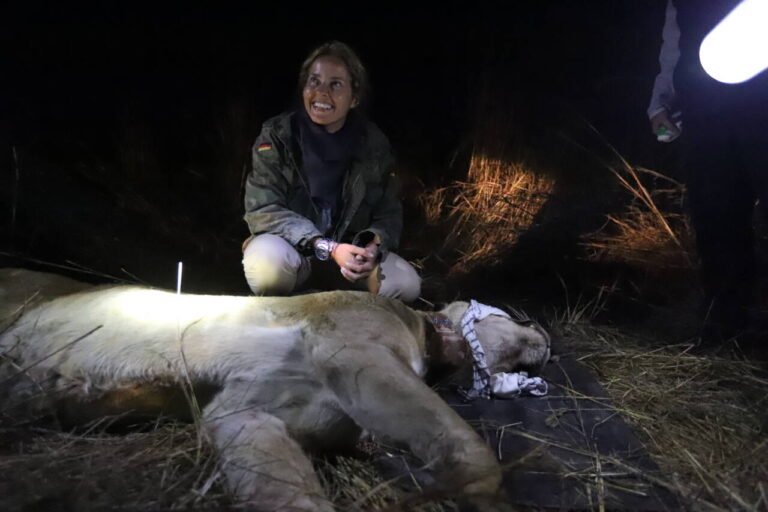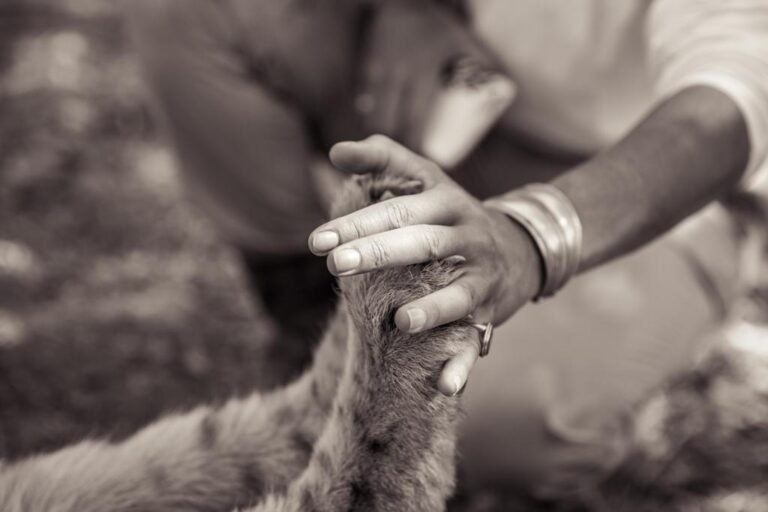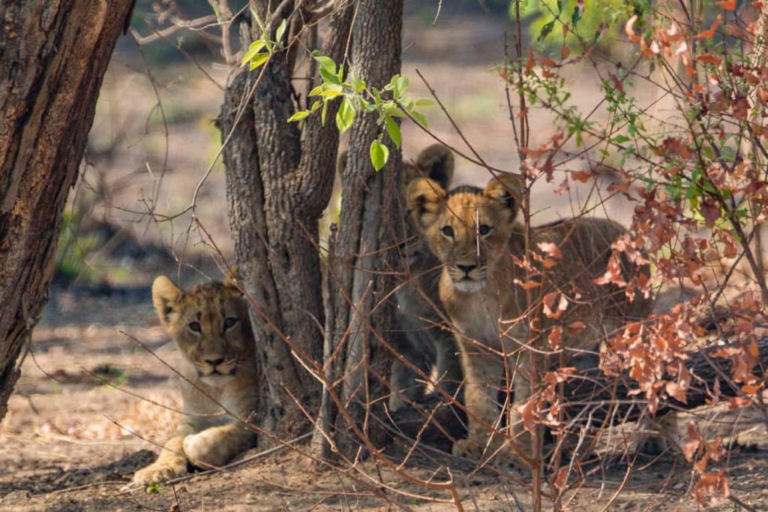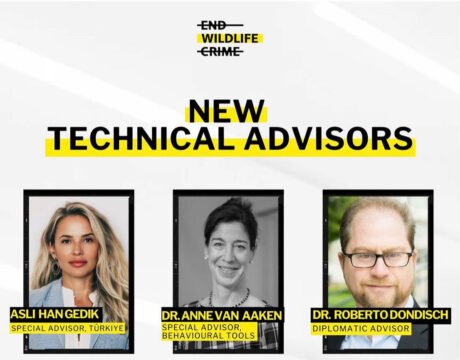Collaring also helps reduce human-wildlife conflict by enabling conservationists to track lion movements and alert nearby communities when lions are in the area. This can prevent unintentional human-lion encounters, reducing the risk of conflicts that could result in injury or death for both humans and lions. While collaring has proven to be a useful tool for lion conservation, it must be used ethically and responsibly to ensure the safety and well-being of the lions. The ultimate goal of collaring and other conservation efforts is to maintain healthy lion populations and ensure their survival for future generations.
Zimbabwe: Lions Conservation
Wild at Life e.V. has been working for more than a decade in Zimbabwe, mostly in the area of lion conservation. In order to monitor the lion population, individuals from various prides are collared with a satellite/VHF radio collar, and the movements of these prides are tracked.
Ground tracking using the VHF function is carried out tri-weekly so that data on individuals, kills, cub survival etc can be collected.
Wild at Life e.V. is present in Chizarira National Park – 2000 km2 worth of wilderness – for biodiversity research. The team led by Dr Norman Monks, in partnership with Zimbabwe Parks & Wildlife Management Authority, and Wild at Life e.V.’s founder Asli, successfully collared a female lion, naming her “Asli”. Scientifically, she will be referred to lioness 2171 and we are monitoring her movements and as well as her pride members in the area.
This project is vital as it focuses on a vulnerable species and links to other lion studies in the Kavinga Zambezi Trans-frontier Conservation Area (KAZA TFCA) which includes five countries (Angola, Botswana, Namibia, Zambia and Zimbabwe).













